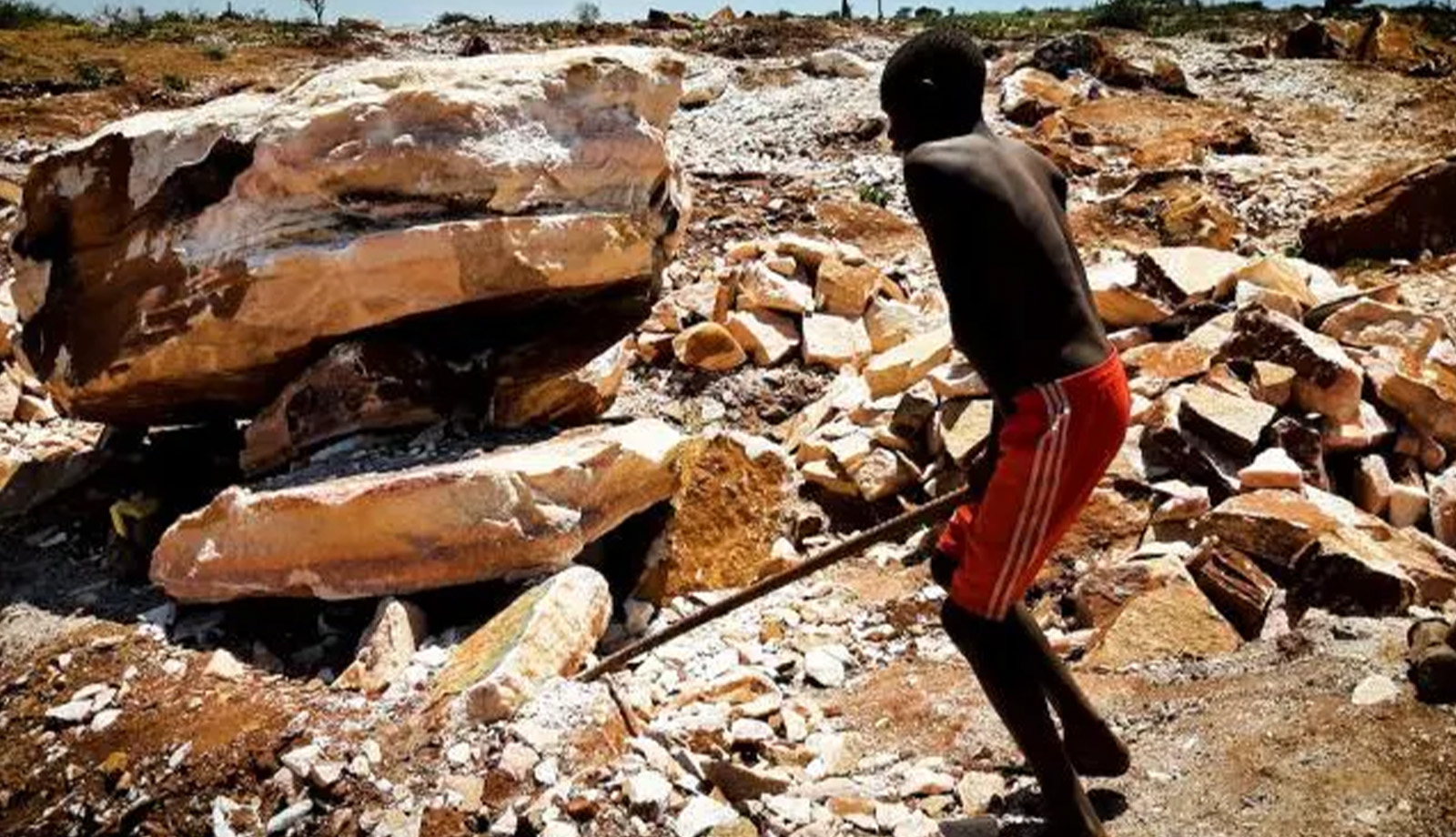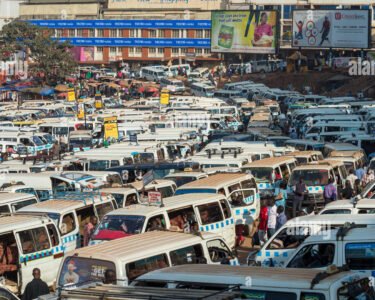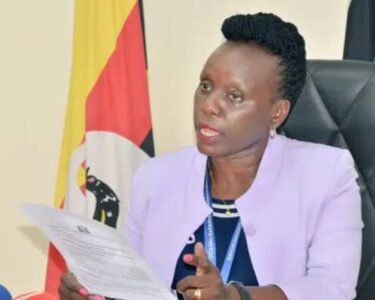With the World Day Against Child Labour set to be commemorated on June 12, the Ministry of Gender, Labour and Social Development has outlined a series of measures to eliminate child labour, particularly in high-risk sectors such as agriculture, mining, and domestic work.
Latest
Why Are Men Missing in Antenatal Clinics? A Gap in Reproductive Health Rights
Ministry of Health Dismisses Claims of COVID-19 Resurgence in Uganda
Former Ibanda District Officials Sentenced Over Illegal Land Sale
Prominent City Lawyer Twebaze Drake Remanded Over $553,500 Fraud Case
Director of Mukono School Killed in Alleged Abduction
Several Injured As Military, Police Raid NUP Headquarters
Twelve Arrested in Joint Security Operation in Mukono
Ssenyonyi Petitions Minister Over “Punitive and Exploitative” Traffic Penalty System
NIRA Launches Mass ID Registration at Bulange
Speaking ahead of the day, which will be marked under the theme “Let’s Act on Our Commitments: End Child Labour,” the permanent Secretary of the Ministry of Gender, Labour and Social Development, Mr. Aggrey David Kibenge emphasized a renewed focus on enforcement, awareness, and community empowerment. The Ministry said it has ramped up collaboration with key stakeholders, including development partners, civil society organisations, private sector actors, and local governments to tackle the persistent problem.
“Uganda has made commitments at both national and international levels to eliminate child labour in all its forms,” Kibenge stated. “This year’s observance is not just symbolic. It marks a turning point in how we enforce laws and promote decent work for adults so children can stay in school.”
Among the strategies being implemented is the expansion of the Child Labour Monitoring System (CLMS), which tracks children at risk and connects them with services such as education and health care. The system also helps law enforcement respond promptly to new cases.
Additionally, the government has been conducting public sensitization campaigns in rural and urban communities, especially in regions with high child labour prevalence. The campaigns aim to educate parents and guardians on the long-term consequences of child labour and the value of education.
The Ministry has also begun integrating child labour indicators into the Labour Market Information System to provide real-time data for policymaking. Officials believe the availability of disaggregated data will help design more effective interventions.
In partnership with the International Labour Organization (ILO), Uganda has revised the list of hazardous work prohibited for children, ensuring it reflects current realities such as new forms of exploitation, including online child trafficking.
Read Also
South Korean woman fined for pulling down male colleague’s trousers
Museveni Orders Fresh Budget Review for War Veterans’ Welfare
NRM Welcomes High-Level Communist Party of China Delegation to Uganda
Besigye Is the True Hero, Say PFF Leaders as He Marks 200 Days in Luzira
Gen Muhoozi Orders Release of Senior Army Officer Linked to Gold Dealer Kidnap, Robbery
Lukwago Hails Besigye as a National Hero, Claims Plot to Execute Him Was Foiled
Meanwhile, districts with high incidences of child labour have been supported to implement district action plans. These include increased labour inspections, vocational skills programs for youth, and income-generating support for vulnerable families to reduce reliance on child labour.
As Uganda joins the rest of the world to mark the day, the call to action is clear: stronger laws, better enforcement, and greater community engagement. With more than 2 million children in Uganda engaged in labour, many in dangerous conditions, authorities hope that intensified efforts will reverse the trend and ensure every child enjoys the right to a safe and productive childhood.





